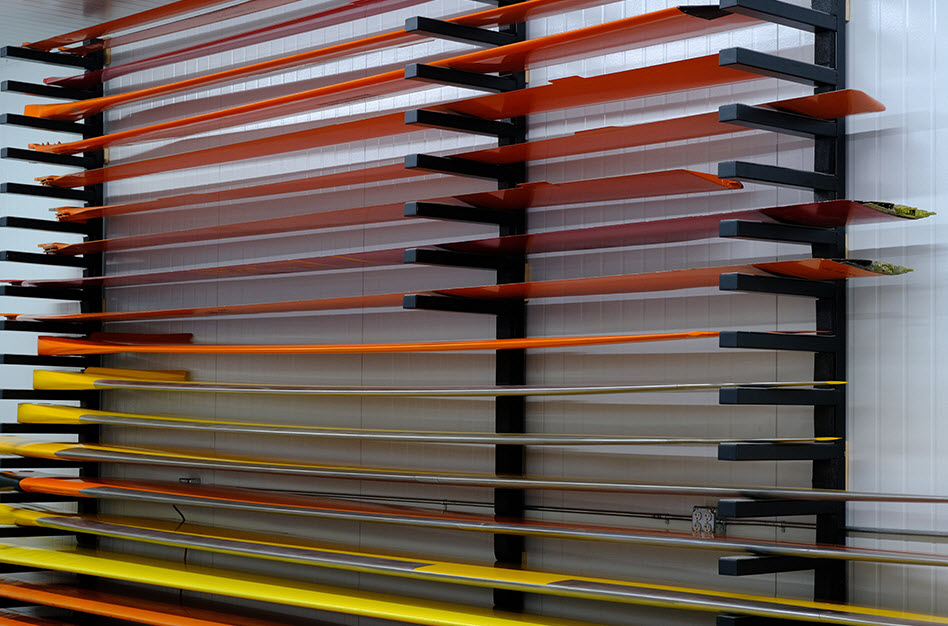Written for Insight Magazine – Heli-Expo 2022
“It is the nature of helicopter flight that rotor blades will always be abused,” said Randy Stevens.
He should know. Stevens is president of International Aviation Composites, Ltd. – known as IAC – a company that has specialized in the repair of helicopter rotor blades for three decades.
IAC has a team of close to 30 people working at the company’s 53,450 square foot Fort Worth, Texas facility that includes a composite material cutting room, a controlled environment cleanroom, a static balance room, an engineering lab, an integrated machine shop, and extensive testing capabilities.
As one of the few independent rotor blade repair stations, worldwide, since 1992 IAC has honed its skills and processes to ensure the efficient and safe inspection and repair of both metal and composite blades.
IAC is a Part 145 FAA and EASA certified repair station and holds an AS9110 certification from the International Aerospace Quality Group. As part of the Fort Worth aviation cluster — with helicopter manufacturers including Sikorsky, Bell, Schweizer, and Airbus — IAC can draw from a pool of experienced technicians, but the company is always looking to expand their staff with new talent, to strengthen their capabilities.
“We like to utilize skills from other industries as well, including our military veterans,” said Kenny Murray, IAC’s production manager. “It makes it easier to train our technicians, and it does take a couple of years to properly train someone to perform blade repairs.”
When a blade comes to IAC for repair, the inspection department can draw on its extensive data history and determine if it has an approved repair process on file.
Stevens said that IAC’s in-house engineering capability gives the company the ability to develop new repair processes, which are sent to the FAA for approval before the work is done.
“There are two types of FAA approval for repair data. One is a serial number specific repair which is tied to a blade with a specific serial number or a series of serial numbers.
There are also repair specifications which are tied only to a blade part number, so the specification is available for repetitive use,” explained Stevens.
“We do not have to depend on OEMs [original equipment manufacturers] for repair data. We have the ability to develop our own through reverse engineering and materials testing, as required.”
As rotor blade design and manufacturing technology has advanced and evolved, IAC’s repair processes have stayed in step.
Blade repairs were once done with discrete tools, with a specific tool required for each blade or each type of repair.
To improve the process, IAC developed a universal autoclave tool that enables its technicians to make large repairs on virtually any kind of rotor blade.
To properly cure the repair of a composite blade, it needs time in an autoclave under pressure and high temperature.
The interior of IAC’s autoclave is equipped with a bank of electrical outlets, so while the unit is pressurized, the interior air isn’t heated – instead, the rotor blades get a direct heat treatment.
“We use electric heat blankets. You get the pressure of an autoclave, but it gives you the localized heating capability of a heat blanket. The repairs are more even, with improved pressure uniformity,” said Stevens.
Overall, the average repair interval on composite blades is much longer than on metal blades, and the development of composite blades has led to a significant reduction in the need for rotor blade maintenance, along with improved repair techniques.
“It’s not too often that we can’t repair a blade,” said Murray. “It really has to be in quite bad shape before we determine that it is scrap.”
And if a blade can’t be repaired, he said that IAC is maintaining its policy of not charging its customers for the cost of the inspection.
“That itself is good for a customer. We’ll have to give them the bad news, but not a bill.”
